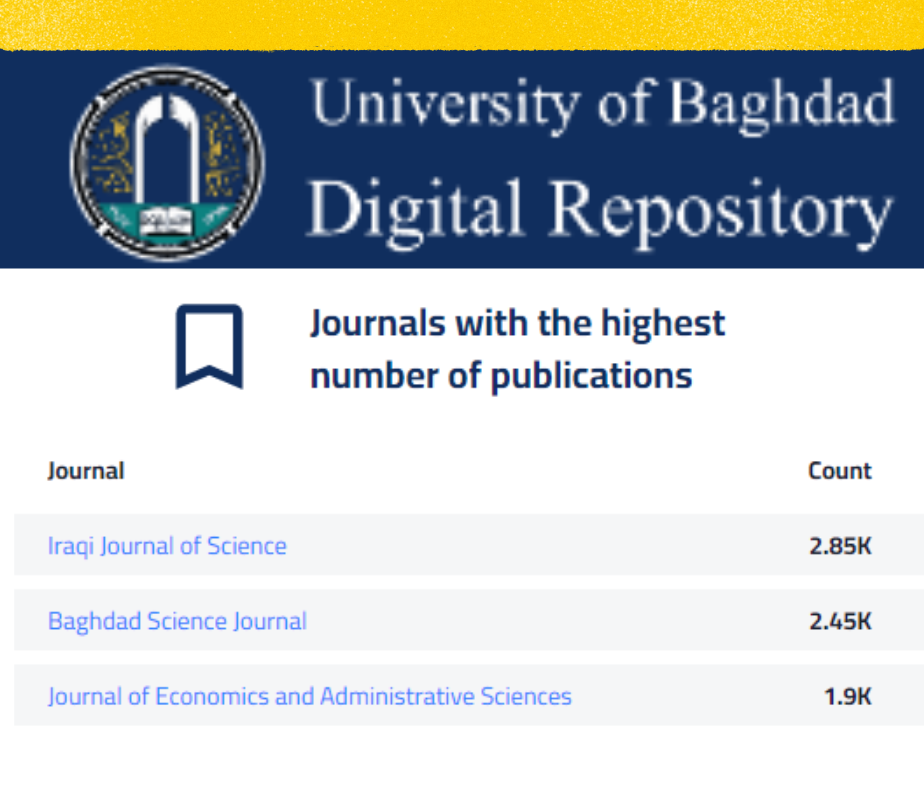The effect of losing one view of the independent variableAnd its location in simple regression analysis
DOI:
https://doi.org/10.33095/jeas.v17i62.1021Keywords:
The effect of losing one view of the independent variableAnd its location in simple regression analysisAbstract
The objective of the research , is to shed light on the most important treatment of the problem of missing values of time series data and its influence in simple linear regression. This research deals with the effect of the missing values in independent variable only. This was carried out by proposing missing value from time series data which is complete originally and testing the influence of the missing value on simple regression analysis of data of an experiment related with the effect of the quantity of consumed ration on broilers weight for 15 weeks. The results showed that the missing value had not a significant effect as the estimated model after missing value was consistent and significant statistically. The results also showed that the estimated missing value was larger than the original value when the missing value situated either in the middle or at the end of the series while the sign was negative or the estimated value was less than the original value when the missing value situated in the beginning of the time series. All of that would affect the estimated values outside the time series data according to estimated value of missing value. The research recommended to work on the analysis of the effect of missing more than one value and also when the missing is in the dependent variable only and in both dependent and independent variables.
Downloads
Published
Issue
Section
License
Articles submitted to the journal should not have been published before in their current or substantially similar form or be under consideration for publication with another journal. Please see JEAS originality guidelines for details. Use this in conjunction with the points below about references, before submission i.e. always attribute clearly using either indented text or quote marks as well as making use of the preferred Harvard style of formatting. Authors submitting articles for publication warrant that the work is not an infringement of any existing copyright and will indemnify the publisher against any breach of such warranty. For ease of dissemination and to ensure proper policing of use, papers and contributions become the legal copyright of the publisher unless otherwise agreed.
The editor may make use of Turnitin software for checking the originality of submissions received.













 How to use the OJS system
How to use the OJS system 










